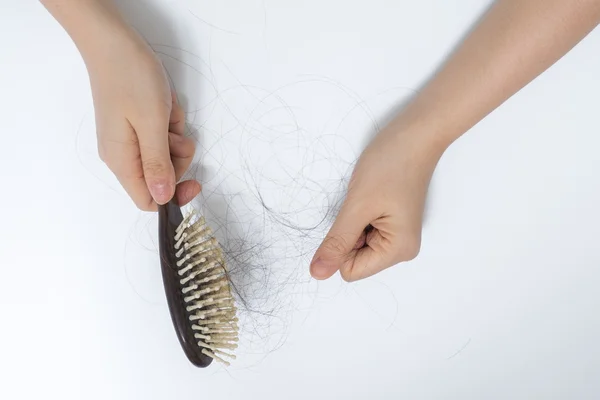Non-Surgical Hair Loss Treatments in Dubai Pros and Cons
Hair loss is a common concern for many individuals, prompting the search for effective solutions. In Dubai, non-surgical hair loss treatments have gained popularity due to their minimally invasive nature and promising results. This article explores various non-surgical Hair Loss Treatment In Dubai, examining their advantages and disadvantages.
Overview of Non-Surgical Hair Loss Treatments
Platelet-Rich Plasma (PRP) Therapy
PRP therapy is a cutting-edge treatment that utilizes the patient’s own blood to stimulate hair growth. During the procedure, a small amount of blood is drawn, processed to extract the platelet-rich plasma, and injected into the scalp. This method aims to enhance blood circulation and promote the healing of hair follicles.

Low-Level Laser Therapy (LLLT)
Low-level laser therapy is a non-invasive procedure that uses laser light to stimulate hair follicles. This therapy is designed to improve hair density and thickness by increasing blood flow to the scalp. It can be used alone or in conjunction with other hair restoration treatments.
Scalp Micropigmentation
Scalp micropigmentation is a cosmetic tattooing technique that creates the illusion of fuller hair. Tiny dots of pigment are applied to the scalp, mimicking the appearance of hair follicles. This method is particularly popular among individuals with thinning hair or receding hairlines.
Hair Growth Products
Topical treatments, such as minoxidil and other hair growth serums, are widely available in Dubai. These products are designed to stimulate hair growth and can be used as part of a broader hair restoration regimen. They are often easy to incorporate into daily routines.
Pros of Non-Surgical Hair Loss Treatments
Minimally Invasive
One of the primary advantages of non-surgical treatments is that they are minimally invasive. Most procedures require little to no downtime, allowing individuals to resume their daily activities almost immediately.
Reduced Risk of Complications
Since non-surgical treatments do not involve incisions or anesthesia, they typically carry a lower risk of complications compared to surgical options. This makes them appealing for individuals who may be concerned about surgery-related risks.
Customizable Treatment Plans
Non-surgical hair loss treatments can often be tailored to meet individual needs and preferences. Practitioners can create customized treatment plans based on the specific type and extent of hair loss, ensuring a more personalized approach.
Convenience and Accessibility
Many non-surgical treatments can be performed in a clinic setting and often require shorter appointment times. This convenience makes it easier for individuals to fit treatments into their busy schedules.
Cons of Non-Surgical Hair Loss Treatments
Variable Results
While non-surgical treatments can be effective, results may vary significantly from person to person. Factors such as the underlying cause of hair loss, individual response to treatment, and adherence to recommended regimens can all influence outcomes.
Ongoing Commitment Required
Non-surgical treatments often require ongoing sessions to maintain results. For example, PRP therapy typically involves multiple sessions spaced over several weeks, and continued use of topical products is often necessary to sustain hair growth.
Temporary Solutions
Many non-surgical treatments offer temporary solutions rather than permanent fixes. This means that individuals may need to invest time and money into maintenance treatments to keep their results.
Potential for Side Effects
Although non-surgical treatments generally have fewer risks than surgical options, they are not entirely without side effects. Some individuals may experience mild discomfort, redness, or irritation at the treatment site, particularly after procedures like PRP therapy or scalp micropigmentation.
Conclusion
Non-surgical hair loss treatments in Dubai provide a range of options for individuals looking to address hair thinning and loss. While these treatments offer numerous advantages, including minimal invasiveness and convenience, it is essential to weigh the potential drawbacks, such as variable results and ongoing commitments. By understanding the pros and cons of non-surgical hair loss treatments, individuals can make informed decisions that align with their goals and lifestyle.